The Exact 4 Steps I Took To Kickstart My Storytelling Journey
Hands down, one of the most common questions I get asked about storytelling is this:
“If someone hasn’t done any storytelling before, what would be the best initial steps for them?” (OR)
“What would you recommend I do if I want to get better at storytelling”?
and the best way to answer that is to explain what I did in the early days in my journey.
Because, I did 4 things consistently, that were *game changers* for improving my handle on storytelling.
…. and I want to share that with you here, so you can follow the same path.
You’re welcome!! 😉
1. OBSERVED STORYTELLING IN SOCIETY
There are so many interesting uses of storytelling in society where people / brands are doing this really well, but also where they aren’t.
I started to notice whether people were sharing information only, or whether they were sharing a story and what impact it had on me.
I then used this as inspiration and motivation, whether it’s what I wanted to emulate, or what I wanted to avoid.
The more varied the better!
It gave me such a rich understanding of the power stories hold, the many forms storytelling could take and also the varied scenarios they could be used in.
For example, I remember receiving this interesting card in the post from a brand called Tesalate (when I purchased a towel from them back in 2018), which included a little origin story. I just loved the personal touch and how it wasn’t just a list of products they sell.
It was so much more relatable and memorable! So I took a photo of it at the time, to make sure I didn’t forget about it. (I also posted a story on LinkedIn about it at the time BTW!)
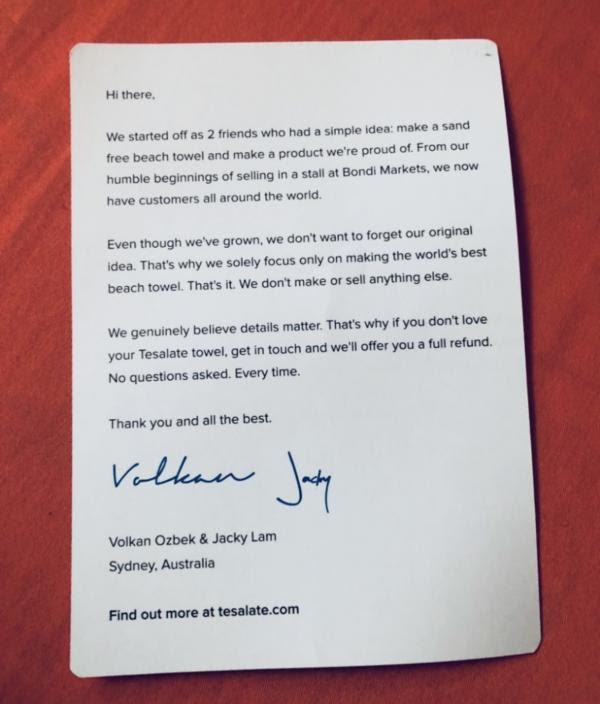
There are so many interesting uses of storytelling in society where people / brands are doing this really well, but also where they aren’t.
Here’s some things to get you thinking:
- Ads on tv
- Documentaries
- Movies
- Social Media
- Websites / Promo Material
- Podcasts
- Books
- TED Talks
- Testimonials
- Corporate World
- Social Settings
2. LEARNT THE ART OF STORYTELLING
I also went on a massive quest to try and find out all I could about how to do this well.
- In 2017 I completed the Advanced Toastmasters Storytelling Series which was awesome. I had to share 5 different stories as separate speeches, for feedback from my club members. It gave me lots of real-world lessons re storytelling. You can actually read the article I wrote about my learnings from it at the time here.
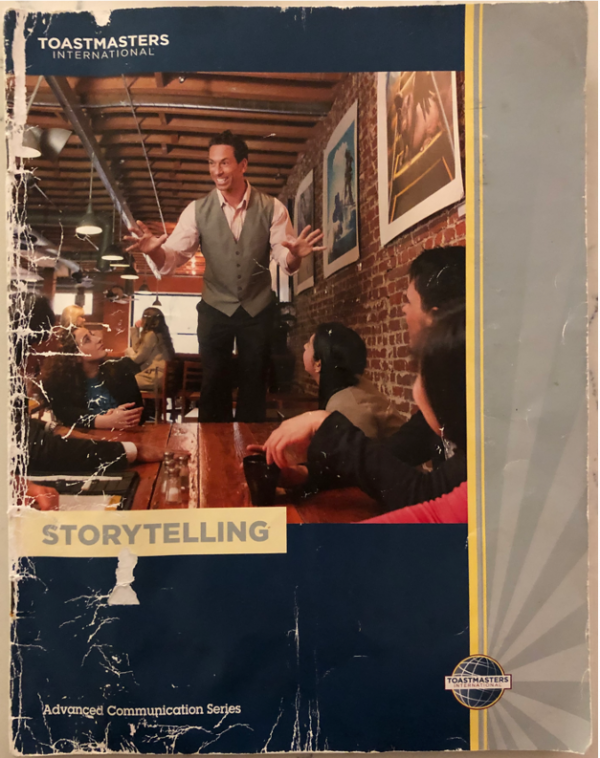
- I read / listened to a heap of books (including Talk Like TED and The Storytellers Secret among many more)
- I undertook whatever short courses I could find (Storytelling for Organisational Change and the Pixar Storytelling Course to name but a few)
- I also read lots of articles and found lots of studies that talked about how and when stories are used, why they’re so powerful and what ingredients you need in a story
This was essential to help me break the components down and understand what made a good story great.
3. CREATED MY OWN STORYFILE
In order to actually use the power of storytelling, I knew I needed stories that I could tell!! So I set about creating a Storyfile.
What’s a storyfile you ask?
It’s literally a collection of stories you’ve either experienced or been told/read.
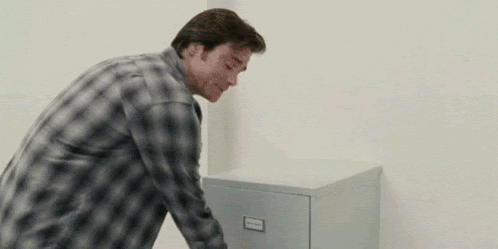
No, not *all* of the stories you’ve ever experienced / read / been told!
Just a collection of the stories you might re-tell again.
I simply started with the experiences in my life that stood out to me as ‘story-worthy events’ or the interesting stories I’d come across. Whether it was a story I had been told, or stories/studies I’d found on Google.
Then it organically grew from there.
I’ve now got hundreds of stories in my story-file that I refer to regularly and it grows every week!
If you’re interested in telling stories more often, definitely create a story-file.
It really doesn’t matter where you create it (I used to use the Notes app in my phone, but now I’ve moved to Evernote as it has better tagging functionality).
You also don’t have to write the whole story out at the start. Just put a few lines, whatever will jog your memory about that story/experience later.
Here are 5 story ideas to get you thinking…
- A career highlight or achievement
- Why you’re into one of your hobbies / passions
- Your favorite holiday experience
- A time you lost something and what impact it had
- The earliest memory you have in life
4. PRACTISED STORIES IN THE WILD
Lastly, I was well aware that I’d never become a great storyteller just by *knowing* how to tell a great story.
So I started practicing my new skills as often as possible.
In the beginning, it consisted of only two scenarios.
Written story on social media – If I had one of those pinch me moments that left me with a big learning, I’d write about it on social media.
Verbal story in a presentation – If I was giving a formal presentation, I’d find a way to weave a story in, to help illustrate my point.
In fact, here’s one of the earliest stories that I shared on LinkedIn, from back in late 2017 (which I thankfully screen-shotted early the next year).
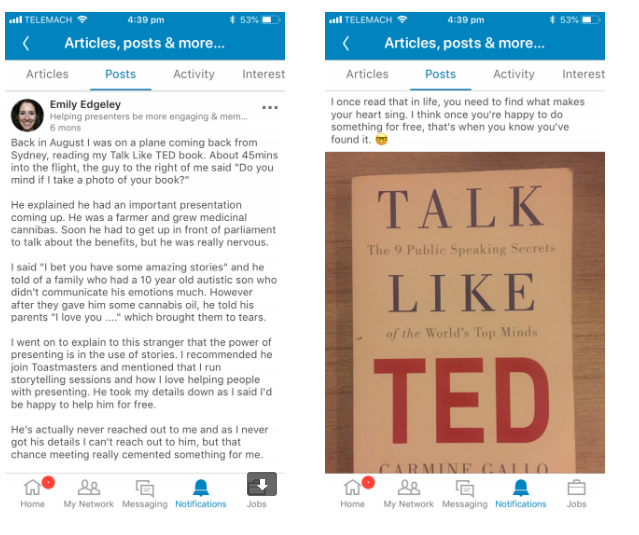
But pinch me moments and important external presentations didn’t come up all that often.
So, slowly, bit by bit, I increased the scenarios where I shared a story.
Now I use them pretty much every day! From social media posts, to my sales pages, to promo videos, to client conversations, to handovers with my VA, to bringing to life techniques and tips in group sessions.
It’s a game-changing skill that has helped me to start and grow a thriving business, in the midst of a pandemic!
Whenever I use stories instead of information, I notice:
- I get waaaay more interest & engagement on social media posts
- The click-through-rate on my emails or Newsletters is much higher
- Sales conversions have catapulted
- But best of all, I get way more messages from people who say my story has really resonated with something they’ve experienced, or it’s inspired or motivated them to change their behaviour.
To summarise, storytelling will change your life. Honestly, I couldn’t be a more perfect living example of this!
If you want to harness the incredible power of storytelling, follow these 4 aspects and you’ll be well on your way. Most importantly, have fun with it!!
So, tell me. Which of these 4 items will you target first!?
Emily
P.S. If you want to turbo-charge your storytelling journey will take and learn from all my mistakes, we cover all of this in my 9-Week Group Coaching Program ‘The Captivating Storyteller’. The last co-hort for 2022 starts mid-October. You can find out more, or secure your place here.

Emily Edgeley is a Public Speaking Coach for the Technology industry. Since 2017 she’s run over 100 group coaching sessions, coached more than 200 people privately, and formally supported first time and experienced speakers at 10 Conferences, covering 1000+ people across the globe.
She’s on a mission to help anyone in the Tech arena learn how to speak with clarity, impact, and confidence, whether that’s at work or at a Conference. So they can share their ideas competently, elevate their personal brand and start to enjoy ‘public speaking’!
She’s also a regular podcast guest, a writer, a mum of one, a massive dog lover and a fan of cryptic crosswords.

Recent Comments